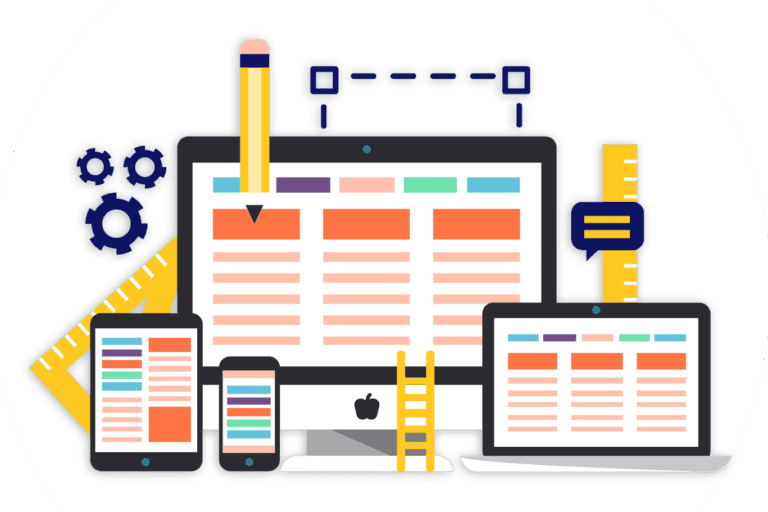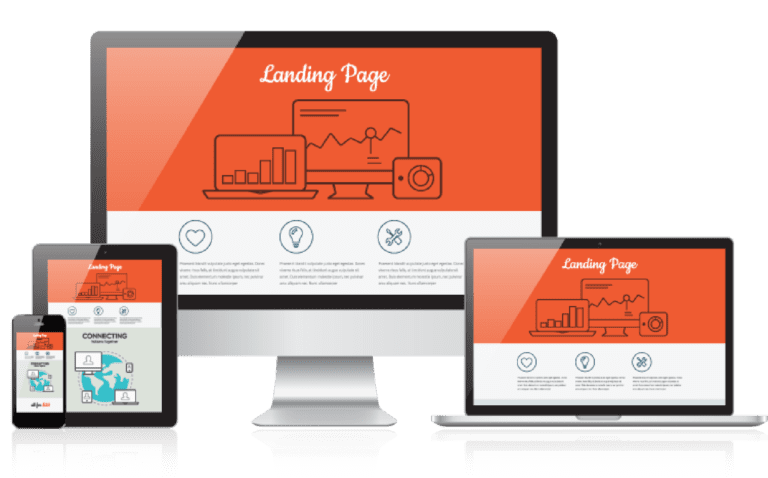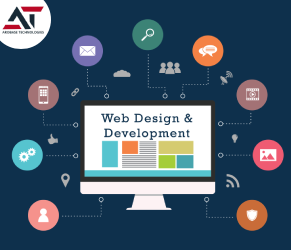- In the fast-paced digital landscape, a well-designed website serves as the virtual storefront for businesses and individuals alike. It's the first impression that visitors get, and it plays a crucial role in engaging and retaining an audience. Let's delve into the various facets of website design, from customized and corporate websites to e-commerce platforms, landing pages, membership sites, informational websites, and blog designs.
- A customized website is a tailored solution crafted to meet the unique needs and goals of a business or individual. It involves a personalized approach to layout, color schemes, features, and overall user experience. Customization allows for a distinctive online presence that reflects the brand's identity and resonates with the target audience.Customized websites often incorporate specific functionalities or unique design elements, offering a competitive edge in the crowded online space. They are ideal for businesses that seek to stand out and deliver a memorable user experience.

Corporate Website Design
- Corporate websites play a pivotal role in establishing a professional online presence for businesses. Beyond providing information about products and services, these websites often serve as a central hub for brand communication. Corporate website design emphasizes a clean and organized layout, often incorporating brand colors, logos, and imagery to reinforce brand identity. Navigation is key in corporate website design, ensuring that visitors can easily find the information they seek. The goal is to create a platform that not only informs but also instills confidence in the brand's credibility and professionalism.

E-Commerce Website
- E-commerce websites are designed for businesses looking to sell products or services online. These sites demand a user-friendly interface, intuitive navigation, and secure payment gateways. E-commerce website design focuses on showcasing products effectively, providing detailed information, and streamlining the purchase process to enhance the user experience. From product listings and shopping carts to checkout processes, every element is meticulously designed to guide users seamlessly from browsing to completing a purchase. Responsive design is also crucial to accommodate users across various devices.

Landing Page Design
- Landing pages are standalone web pages created for specific marketing campaigns or promotions. These pages are crafted with a singular objective, whether it's collecting user information, promoting a product, or encouraging a specific action. Landing page design prioritizes a compelling headline, clear call-to-action, and minimal distractions to maximize conversion rates. Effective landing pages resonate with the target audience, delivering a concise and persuasive message that encourages visitors to take the desired action.

Membership Website
- Membership websites are designed to provide exclusive content or services to registered members. These sites often include features like user accounts, subscription management, and personalized content delivery. The design focuses on creating a seamless and secure member experience, emphasizing easy navigation and accessibility. Membership website design encourages user engagement and loyalty by offering valuable content or benefits reserved for registered members.
Informational Website
- Informational websites serve as a platform to convey information about a specific topic, cause, or organization. The design revolves around presenting content in a structured and easily digestible manner. Clear navigation, well-organized pages, and engaging visuals are key components of informational website design. These websites are commonly used by nonprofits, educational institutions, and government agencies to disseminate information to the public.


Blog Website Design
- Blogs have become a popular means of sharing information, thoughts, and insights. Blog website design prioritizes a user-friendly layout that encourages easy exploration of articles. Emphasis is placed on categorization, tags, and a visually appealing presentation to enhance the reading experience. Blogs often incorporate features such as comment sections and social sharing buttons to foster community engagement and content distribution.
Contact Us: The Gateway to Interaction
- The 'Contact Us' section is often the bridge between your website and its visitors. Designing an effective contact page involves more than just placing a form and an email address. It's about creating a user-friendly interface, providing multiple contact options, and assuring visitors that their inquiries are valued. Including a map, business hours, and a compelling call-to-action can further encourage engagement.



